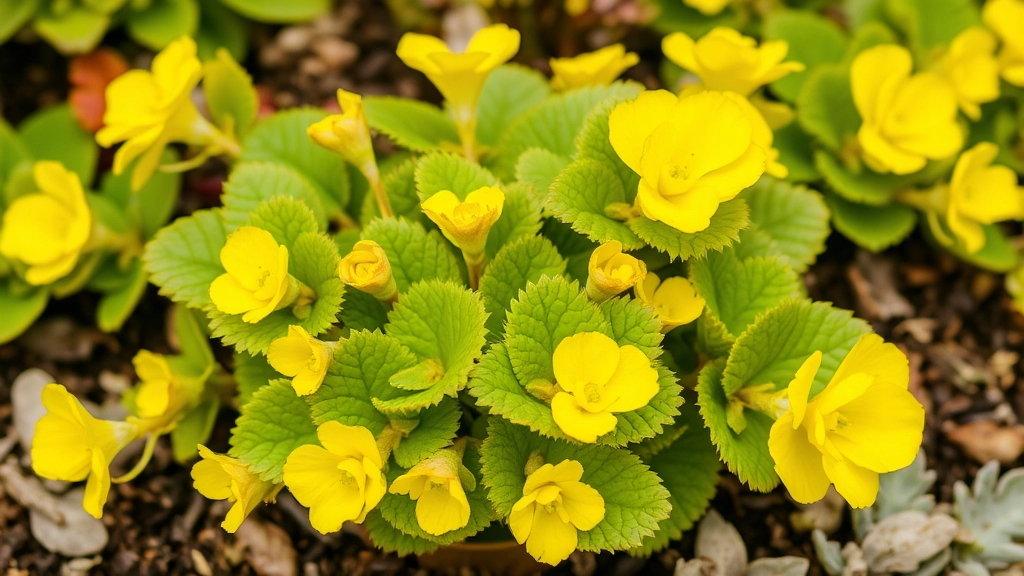Kalanchoe Care: Addressing Yellowing Leaves
Have you noticed your Kalanchoe bottom leaves turning yellow? You’re not alone. This common issue often signals that something is amiss with your plant’s care routine. Let’s dive into the possible causes and solutions to help you restore your Kalanchoe to its vibrant self.
Common Causes of Yellowing Leaves
- Overwatering: Kalanchoe plants prefer well-drained soil, and too much water can lead to root rot, turning the lower leaves yellow.
- Inadequate Lighting: Insufficient light can contribute to yellowing leaves.
- Nutrient Deficiencies: Lack of essential nutrients, particularly in zinc and nitrogen, can also cause yellowing.
Solutions to Restore Your Kalanchoe
Ensuring proper drainage and watering only when the soil is dry can make a huge difference. By understanding these factors, you can take proactive steps to keep your Kalanchoe healthy and thriving.
Common Causes of Yellowing in Kalanchoe Bottom Leaves
Have you noticed your Kalanchoe’s bottom leaves turning yellow? This can be a common issue for many plant enthusiasts, and understanding the causes is the first step toward a healthier plant.
Overwatering
One of the primary culprits behind yellowing leaves is overwatering. Kalanchoes are succulents that thrive in dry conditions. When the soil remains soggy, it can lead to root problems, resulting in yellow leaves.
Poor Drainage
Lack of adequate drainage can exacerbate the overwatering issue. If your pot doesn’t allow excess water to escape, the roots can suffocate and rot, leading to yellowing leaves.
Inadequate Lighting
Kalanchoes require bright, indirect sunlight. Insufficient light can cause the plant to become weak, leading to yellowing leaves. Conversely, too much direct sun can scorch the leaves, also resulting in yellowing.
Nutrient Deficiencies
Deficiencies in essential nutrients, particularly nitrogen and zinc, can manifest as yellowing leaves. A balanced fertiliser can help restore the necessary nutrients.
Pest Infestations
Pests such as aphids or mealybugs can sap the vitality from your Kalanchoe, leading to yellowing leaves. Regularly inspecting your plant can help catch these infestations early.
Temperature and Humidity
Kalanchoes prefer a stable environment. Extreme temperature changes or high humidity can stress the plant, causing yellow leaves.
Root Rot
If you observe yellowing leaves alongside wilting, root rot may be the issue. This condition often results from prolonged overwatering and requires immediate attention. For more detailed information on how to manage this, check out our Complete Care Guide for Kalanchoe Flapjack Plant.
Additionally, understanding the Health Benefits and Uses of Kalanchoe can provide further insights into maintaining a healthy plant.
Overwatering and Its Effects on Kalanchoe Health
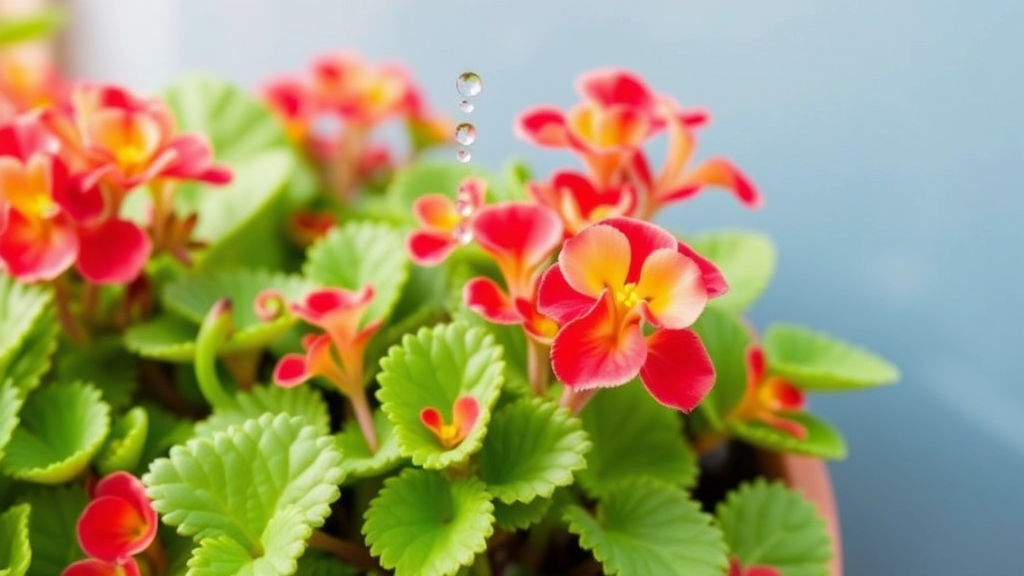
Are your Kalanchoe’s bottom leaves turning yellow? You might be wondering if you’re giving it too much love—specifically, too much water.
Overwatering is one of the most common culprits when it comes to yellowing leaves in Kalanchoe plants. These beauties thrive in dry conditions, so when you drown them, they can really struggle.
What Happens When You Overwater?
- Root Suffocation: Too much water can lead to root suffocation. Roots need air, and if they’re sitting in soggy soil, they can’t breathe.
- Nutrient Lockout: Overwatered plants often can’t absorb nutrients properly. This can lead to deficiencies, making those vibrant leaves turn yellow.
- Fungal Issues: Excess moisture creates a perfect environment for root rot and other fungal diseases. Once these set in, it can be tricky to save your plant.
Signs You’re Overwatering
- Yellowing Leaves: The first sign is usually the bottom leaves turning yellow. If you notice this, it’s time to check your watering routine.
- Wilting: Ironically, overwatered plants can also appear wilted. It’s a clear sign that something’s off.
- Mushy Roots: If you pull your plant out of the pot and the roots feel mushy or brown, you might be dealing with root rot.
How to Fix Overwatering Issues
- Check the Soil: Stick your finger into the soil about an inch deep. If it’s wet, hold off on watering.
- Adjust Your Watering Schedule: Kalanchoes generally need water every 2-3 weeks, depending on the season.
- Improve Drainage: Make sure your pot has drainage holes and consider using a well-draining soil mix.
- Repot if Necessary: If root rot has set in, you might need to repot your plant in fresh soil, trimming away any damaged roots.
III. The Role of Drainage in Preventing Yellow Leaves
If you’ve noticed your Kalanchoe’s bottom leaves turning yellow, poor drainage could be a significant factor.
Why Drainage Matters
Good drainage is crucial for Kalanchoe health. Without it, excess water can accumulate, leading to root problems that manifest as yellowing leaves.
- Root Suffocation: When roots sit in waterlogged soil, they can suffocate, preventing them from absorbing essential nutrients.
- Fungal Growth: Excess moisture creates an environment for fungal infections, which can further damage the roots.
How to Ensure Proper Drainage
Here are some straightforward tips to improve drainage for your Kalanchoe:
- Choose the Right Pot:
- Opt for pots with drainage holes.
- Consider using terracotta pots, which allow for better airflow.
- Use Well-Draining Soil:
- A cactus or succulent mix is ideal.
- You can also mix regular potting soil with sand or perlite to enhance drainage.
- Elevate the Pot:
- Place your pot on small feet or stones to allow excess water to escape.
- Water Wisely:
- Always check the soil moisture before watering.
- Water deeply but infrequently, allowing the soil to dry out between watering sessions.
By ensuring proper drainage, you can significantly reduce the risk of yellow leaves in your Kalanchoe. For more detailed advice on keeping your Kalanchoe healthy, check out our complete guide on Kalanchoe care. Additionally, if you’re dealing with yellow leaves, our care tips for Kalanchoe with yellow flowers might be helpful.
How Lighting Impacts Kalanchoe Leaf Health
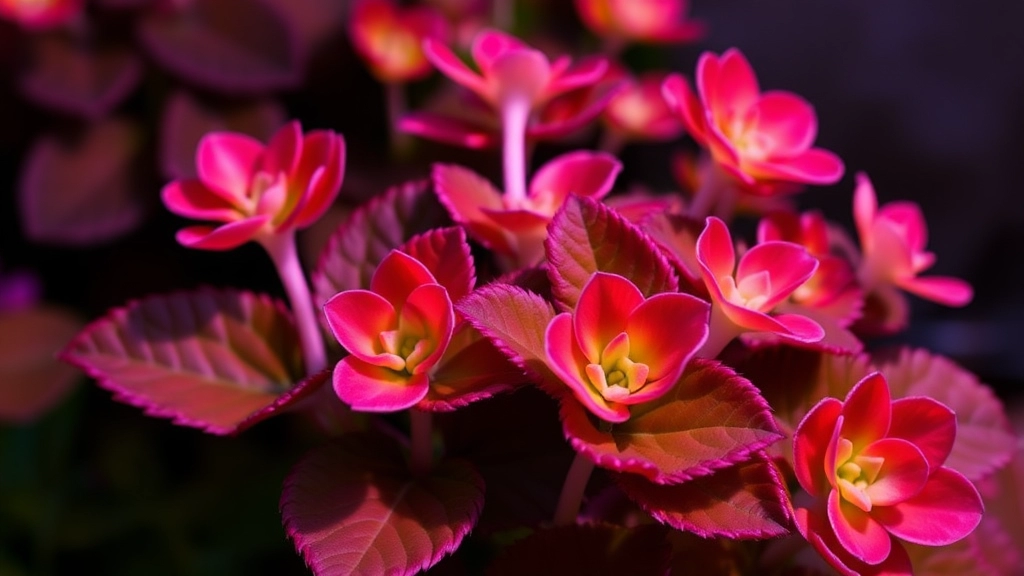
Have you ever noticed your Kalanchoe’s leaves turning yellow, and wondered if lighting could be the culprit?
Lighting plays a crucial role in the overall health of your Kalanchoe.
Understanding Light Needs:
- Kalanchoe thrives in bright, indirect sunlight.
- Too much direct sunlight can scorch the leaves, leading to yellowing.
- Conversely, insufficient light can cause the plant to become leggy and weak, resulting in a similar yellowing effect.
Signs of Improper Lighting:
- Yellow leaves that appear crispy or burnt indicate too much sun.
- If your Kalanchoe is stretching towards the light, it may not be getting enough.
Optimal Lighting Solutions:
- Place your Kalanchoe near a south or west-facing window for optimal exposure.
- If direct sunlight is too intense, use sheer curtains to diffuse the light.
- Rotate your plant every few weeks to ensure even light distribution.
Adjusting for Seasons:
- In winter, when daylight hours are shorter, consider using a grow light to supplement natural light.
- Keep an eye on your plant’s response to seasonal changes; adjust its position as needed.
Nutrient Deficiencies: Zinc and Nitrogen
Have you noticed your Kalanchoe’s bottom leaves turning yellow despite consistent care? Nutrient deficiencies could be the culprit, specifically a lack of zinc and nitrogen.
Understanding Nutrient Roles:
- Nitrogen: Essential for leaf growth and overall plant vitality. A deficiency often leads to yellowing leaves, particularly older ones, as the plant reallocates nitrogen to newer growth.
- Zinc: Crucial for chlorophyll production and enzyme function. A lack of zinc can result in interveinal chlorosis, where the leaf turns yellow between the veins, while the veins remain green.
Signs of Deficiencies:
- Yellowing leaves, especially at the bottom.
- Stunted growth or smaller leaves.
- Leaf drop or wilting.
How to Address Deficiencies:
- Soil Testing: Conduct a soil test to determine nutrient levels.
- Fertilisation:
- Use a balanced fertiliser with adequate nitrogen content.
- Consider a zinc supplement if soil tests indicate a deficiency.
- Organic Options:
- Incorporate compost or well-rotted manure to naturally enrich the soil.
- Use foliar sprays containing zinc for quick absorption.
- Observation: Monitor your Kalanchoe for improvement after treatment. Adjust your fertilisation schedule based on its response.
For more detailed advice on caring for your Kalanchoe, check out our expert tips and learn about the causes and fixes for common issues like non-flowering plants.
Identifying and Treating Pest Infestations
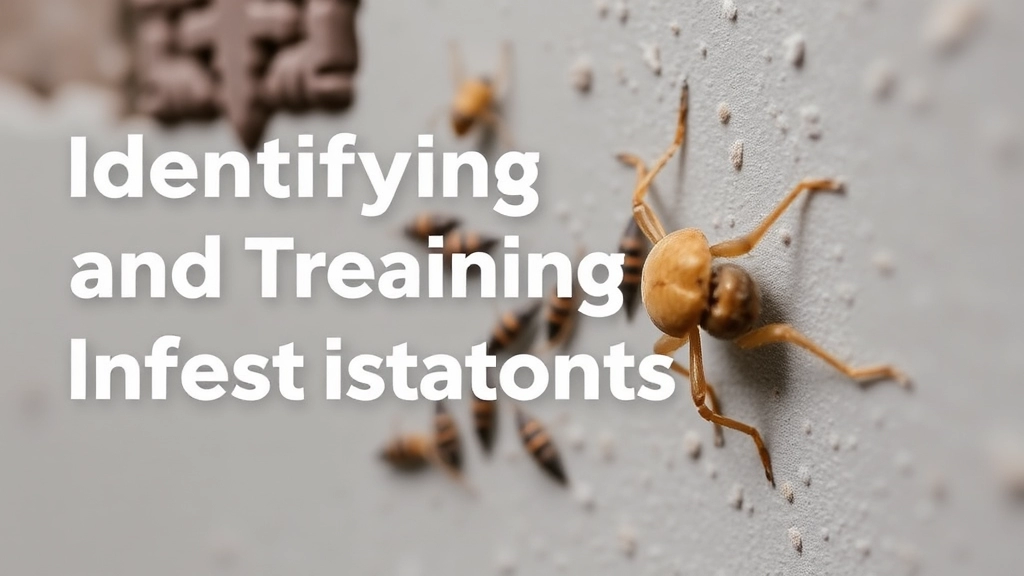
Have you noticed some strange spots or webbing on your Kalanchoe?
Pest infestations can be a sneaky culprit behind yellowing leaves.
Let’s dive into how to spot these little nuisances and what you can do to kick them to the curb.
Common Pests Affecting Kalanchoe
- Aphids: Tiny green or black bugs that cluster on new growth.
- Mealybugs: White, cottony masses often found in leaf joints.
- Spider Mites: Tiny red or brown dots that create fine webbing.
- Scale Insects: Hard, shell-like bumps on stems and leaves.
Signs of Infestation
- Yellowing Leaves: This can be a sign that pests are sucking the sap.
- Sticky Residue: If you notice a sticky film, pests might be excreting honeydew.
- Webbing: Especially with spider mites, fine webs can be a giveaway.
- Distorted Growth: Leaves may curl or become misshapen due to pest damage.
How to Treat Infestations
- Manual Removal: Use a cotton swab dipped in alcohol to wipe off mealybugs and scale.
- Insecticidal Soap: Spray it on affected leaves, ensuring thorough coverage.
- Neem Oil: A natural solution that disrupts pests’ life cycles.
- Regular Checks: Inspect your plant weekly, especially after bringing in new plants.
Prevention Tips
- Keep it Clean: Wipe leaves with a damp cloth to remove dust and pests.
- Quarantine New Plants: Always isolate new additions for a couple of weeks.
- Healthy Environment: A strong plant is less susceptible to pests, so keep your Kalanchoe well-cared for.
Temperature and Humidity Sensitivity in Kalanchoe
Have you ever noticed your Kalanchoe leaves turning yellow and wondered if temperature and humidity could be the culprits?
Kalanchoe plants are quite sensitive to their environment, particularly when it comes to temperature and humidity levels.
Signs of Root Rot in Kalanchoe Plants
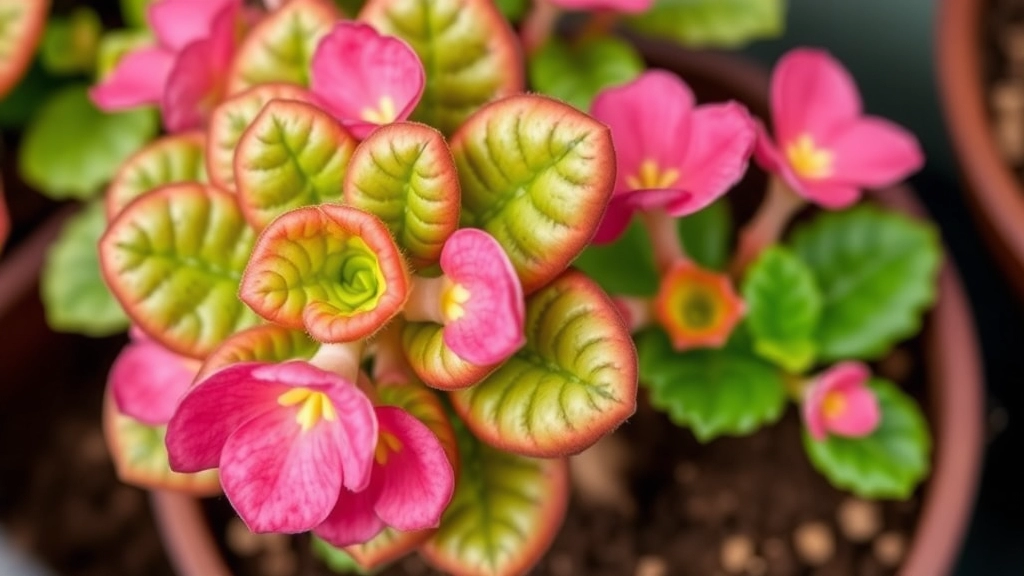
Have you ever noticed your Kalanchoe looking a bit worse for wear, and wondered if it could be root rot? You’re not alone. Root rot can sneak up on even the most seasoned plant parents, and it’s vital to catch it early.
What to Look For:
- Yellowing Leaves: If those bottom leaves are turning yellow and dropping, it’s a red flag.
- Wilting: You might think it’s thirsty, but wilting can also indicate root issues.
- Foul Odour: A musty smell coming from the soil? That’s a sign of decay.
- Mushy Roots: If you gently pull the plant out and see brown, mushy roots instead of firm, white ones, that’s a major warning.
- Soil Texture: If the soil feels soggy or waterlogged, it’s time to investigate.
Why Does This Happen?
Root rot is usually caused by overwatering and poor drainage. When the roots sit in water for too long, they can’t breathe, leading to decay.
What Can You Do?
- Check the Soil: If it’s wet, hold off on watering.
- Repot: If root rot is confirmed, repot your Kalanchoe in fresh, dry soil.
- Trim Damaged Roots: Snip away the rotten parts before repotting.
- Improve Drainage: Make sure your pot has drainage holes, and consider adding perlite or sand to the soil mix.
How to Choose the Right Pot Size for Your Kalanchoe
Choosing the right pot size for your Kalanchoe is crucial in promoting its overall health and vibrancy. If you’ve noticed your Kalanchoe’s bottom leaves yellowing, pot size could be a contributing factor.
Why Pot Size Matters
A pot that is too small can restrict root growth, leading to stress and poor health. Conversely, a pot that is too large can retain excess moisture, increasing the risk of root rot.
Key Factors to Consider
- Root Size: Assess the current root system. If it’s tightly packed, a larger pot is necessary.
- Growth Stage: Young Kalanchoe plants can thrive in smaller pots, while mature plants need more space.
- Drainage: Ensure the pot has drainage holes to prevent water accumulation.
- Material: Terracotta pots allow for better airflow, while plastic retains moisture longer.
Ideal Pot Sizes
- Small Plants: 4-6 inches in diameter.
- Medium Plants: 6-8 inches in diameter.
- Large Plants: 8-10 inches in diameter.
Tips for Transitioning
- Repotting: When repotting, choose a pot that is 1-2 inches larger in diameter than the current one.
- Soil: Use well-draining soil to promote healthy root growth.
- Propagation: Consider learning how to propagate Kalanchoe from leaves to expand your plant collection.
- Care Tips: For more detailed advice, check out our complete guide to caring for Kalanchoe plants.
Tips for Repotting a Yellowing Kalanchoe
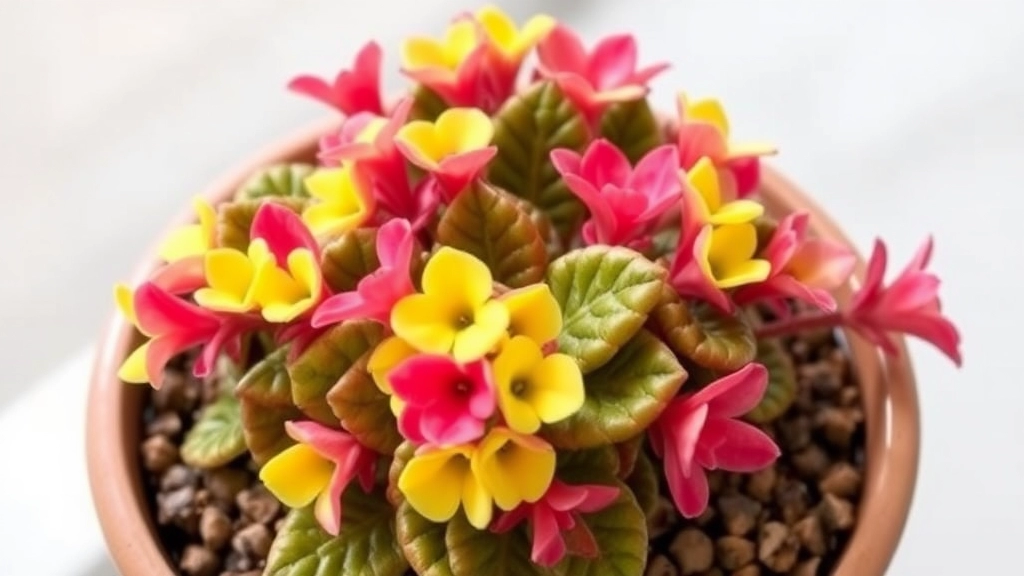
So, you’ve noticed your Kalanchoe’s bottom leaves are turning yellow, and you’re wondering if a repot might do the trick.
Repotting can be a game-changer, but it’s essential to do it right. Here are some straightforward tips to help your plant bounce back:
- Choose the Right Time: Spring is usually the best time to repot. Your Kalanchoe will be waking up from its winter slumber and ready to grow.
- Select the Right Pot: Go for a pot that’s just a size up from the current one. Too big, and your plant might struggle to absorb water.
- Use Well-Draining Soil: A cactus or succulent mix works wonders. This ensures excess water drains away, preventing root rot.
- Check for Pests: Before you repot, give your plant a good look-over. If you spot any unwanted guests, treat them before moving to fresh soil.
- Gently Remove the Plant: When taking your Kalanchoe out of its pot, be gentle. You want to avoid damaging the roots.
- Trim Damaged Roots: If you see any mushy or blackened roots, snip them off. Healthy roots should be white or light tan.
- Water Sparingly: After repotting, give it a light watering. You don’t want to drown it right after a move.
- Place in Indirect Light: For the first week or so, keep your Kalanchoe in a spot with indirect sunlight. It’ll help it adjust without added stress.
Have you ever wondered why your Kalanchoe leaves are losing their vibrant green hue?
A little preventative care can go a long way in ensuring your Kalanchoe remains healthy and lush.
### Key Preventative Measures
– **Watering Routine**
– Water only when the top inch of soil feels dry.
– Reduce watering frequency in winter months.
– **Optimal Drainage**
– Use pots with drainage holes to prevent water accumulation.
– Consider adding perlite or sand to your potting mix for better aeration.
– **Proper Lighting**
– Place your Kalanchoe in bright, indirect sunlight.
– Rotate the pot occasionally to ensure even light exposure.
– **Nutrient Management**
– Feed with a balanced fertiliser every month during the growing season.
– Consider a fertiliser high in nitrogen to promote healthy foliage.
– **Pest Monitoring**
– Regularly check for signs of pests like aphids or mealybugs.
– Use insecticidal soap or neem oil at the first sign of infestation.
– **Temperature Control**
– Maintain a stable temperature between 15-25°C.
– Keep your plant away from drafts and heating vents.
By implementing these simple yet effective measures, you can keep your Kalanchoe leaves vibrant and healthy. For more detailed tips, check out our [guide to caring for Kalanchoe house plants in the UK](https://planthq.org/guide-to-caring-for-kalanchoe-house-plants-in-the-uk/) and learn [why your Kalanchoe leaves might be turning soft](https://planthq.org/why-are-my-kalanchoe-leaves-turning-soft-causes-solutions/).
FAQs About Kalanchoe Bottom Leaves Turning Yellow
Why are my Kalanchoe’s bottom leaves turning yellow?
Yellowing bottom leaves in Kalanchoe plants can be caused by various factors, including overwatering, improper lighting, pest infestations, and root rot. It’s essential to identify the specific cause to address the issue effectively.
How does overwatering affect my Kalanchoe?
Overwatering can lead to root suffocation, nutrient lockout, and fungal issues. These conditions prevent the roots from absorbing nutrients and air, causing the leaves to turn yellow.
What are the signs of overwatering in Kalanchoe plants?
Signs of overwatering include yellowing leaves, wilting, and mushy roots. If you notice these symptoms, it’s crucial to adjust your watering routine and improve soil drainage.
How can I fix overwatering issues?
To fix overwatering, check the soil moisture, adjust your watering schedule, improve pot drainage, and repot the plant if necessary, trimming away any damaged roots.
Can improper lighting cause yellow leaves on my Kalanchoe?
Yes, improper lighting can cause yellow leaves. Too much direct sunlight can scorch the leaves, while insufficient light can make the plant weak and leggy, both leading to yellowing leaves.
What are the signs of improper lighting for Kalanchoe?
Signs include yellow leaves that appear crispy or burnt due to too much sun, and a plant stretching towards the light indicating insufficient light.
How can I provide optimal lighting for my Kalanchoe?
Place your Kalanchoe near a south or west-facing window for bright, indirect sunlight. Use sheer curtains to diffuse intense direct sunlight and rotate the plant regularly for even light distribution.
What pests commonly affect Kalanchoe plants?
Common pests include aphids, mealybugs, spider mites, and scale insects. These pests can cause yellowing leaves by sucking the sap and damaging the plant.
How can I identify a pest infestation on my Kalanchoe?
Look for yellowing leaves, sticky residue, webbing, and distorted growth. These signs indicate that pests might be affecting your plant.
How can I treat pest infestations on my Kalanchoe?
Treat infestations by manually removing pests, using insecticidal soap, applying neem oil, and conducting regular checks to catch issues early.
What are the signs of root rot in Kalanchoe plants?
Signs of root rot include yellowing leaves, wilting, a foul odor from the soil, mushy roots, and soggy soil texture.
How can I treat root rot in my Kalanchoe?
To treat root rot, check the soil moisture, repot the plant in fresh, dry soil, trim damaged roots, and ensure the pot has proper drainage.
When is the best time to repot a yellowing Kalanchoe?
Spring is usually the best time to repot a Kalanchoe. The plant will be coming out of its winter dormancy and ready for new growth.
What should I consider when repotting my Kalanchoe?
Choose a pot one size up from the current one, use well-draining soil, check for pests, gently remove the plant from its pot, trim damaged roots, water sparingly after repotting, and place the plant in indirect light initially.
References
-
Why Are My Kalanchoe Leaves Turning Yellow?
-
Kalanchoe Plant Care: How to Grow Kalanchoe
-
Kalanchoe: How to Grow and Care for Kalanchoe Plants
